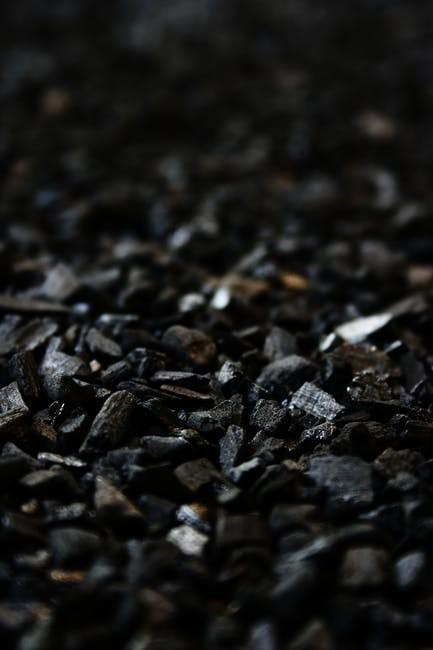
Actuated carbon channels are utilized to eliminate the hues and other noticeable polluting influences from water. It’s the most utilized water sanitization framework in drug businesses. They are generally used during the time spent clearing regular blends and additionally isolating free chlorine from water, thus making the water reasonable for delivery or use in collecting methods. Discarding organics in consumable water, for instance, humic and fulvic destructive, keeps chlorine in the water from artificially reacting with the acids and molding trihalomethanes, a class of known malignant growth causing specialists.
Enacted Carbon filtration, similarly as with any water treatment framework, isn't prepared for clearing each possible sort of contaminant. For example, sodium, life forms, fluoride, and nitrates can't be emptied with actuated carbon filtration. Water relaxing moreover can't be practiced with AC channels. Additionally, significant metals, for instance, lead, must be evacuated with a specific kind of actuated carbon water treatment, which is consistently used similarly as a piece of private reason for usage channels.
Uses of Activated Carbon
Chlorine Removal
The acid washed activated carbon might be used to evacuate chlorine with little corruption or damage to the carbon. Dechlorination happens rapidly and stream rates are ordinarily high. Regardless, this technique requires a wide proportion of a surface area, and organics in the water will over the long haul top off and block the pores of the carbon. Inevitably, the actuated carbon channel ought to be replaced as its ability to dechlorinate the water will continuously rot. Spent carbon can be re-initiated; regardless, re-actuated channels should simply be used as a piece of waste-water treatment applications. One focal point to using initiated carbon is its low working cost and virtual "shield" activity once presented. One weight is that as the chlorine is removed from the most noteworthy layer of the media, the enacted carbon gives a sticky space flawless to the turn of events and development of microorganisms. Microorganisms can achieve issues in therapeutic applications, or while using carbon as a pretreatment to switch assimilation.
Departure of Organic Matter
As water experiences activated carbon filter, common particles and also synthetic substances are gotten inside through a technique known "adsorption". The adsorption technique depends on five key components and they are, first is physical properties of the initiated carbon (surface domain and pore size dispersal); second is the substance beautifying agents of the carbon source (proportion of hydrogen and oxygen); third is the blend makeup and centralization of the contaminant; the fourth one is water pH as well as temperature; and the last is the time-frame the water is introduced to the activated carbon channel (called unfilled bed contact time or EBCT). Additional examinations for organics departure are analyzed underneath:
Physical Properties
Pore size and apportionment have the best impact on the ampleness of acid washed activated carbon filtration. The best filtration happens when carbon pores are hardly adequately tremendous to consider the adsorption of contaminants. Such a contaminants an initiated carbon channel attracts will depend on upon the pore size of the channel, which shifts considering the sort of carbon used and the in citation procedure.